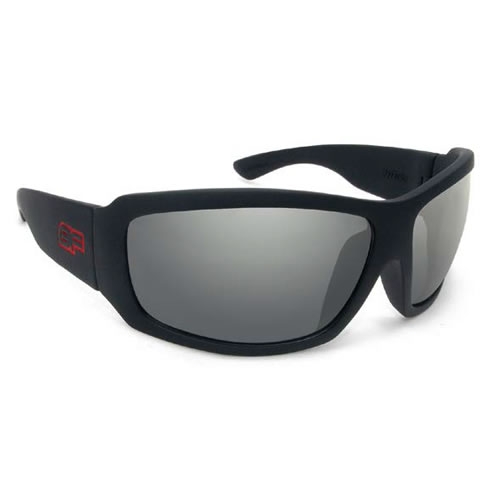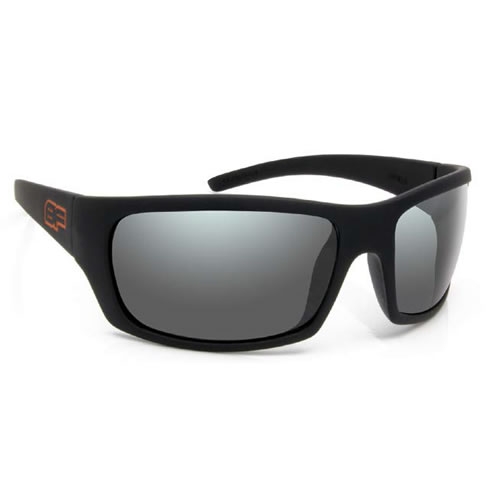Winter Four Wheel DriviNg - Snow & Ice Conditions
Winter driving can be difficult and risky, and that applies to any vehicle. There’s no magic solution, and no design of tyres or suspension that makes the hazards go away. That still doesn’t mean all cars are equal though. If you have a 4wd you’re already ahead of the game when it comes to getting around in snow and ice. You just need to follow a few simple tips and you’ll be able to stay safely on the road when most drivers are immobilised. Here is our easy advice for the cold months:
- Prepare your vehicle. Before the winter weather arrives make sure you’re ready for it. Check your antifreeze levels – it doesn’t matter how good your driving is, a frozen radiator will stop you. If you have winter tyres check they’re in good condition and fit them. Make sure your tyres match. That will reduce wear and improve handling.
- Carry safety equipment. At a minimum you need a shovel and a bag of salt or grit. If you’re going to be out of town prepare to spend a night in a stuck vehicle – sleeping bags or blankets, some high energy food and a flask of hot drinks will keep you going until morning.
- Watch your speed. When the road is icy or covered in snow it’s a lot harder for your tyres to get a grip. They might be able to handle relatively high speed in a straight line but even the slightest of curves can make a difference. As soon as you try to steer your tyres are at risk of breaking their connection to the surface, and once you’ve lost that connection it’s hard to get it back. Keep speed down to where you can feel an instant steering response, then reduce it at least 20% more.
- Watch out for traction control. These systems are great in good weather, and even in the wet – they monitor the traction of each tyre and send the engine’s power to where it will do most good. In winter they’re not as useful. If you’re trying to negotiate snow your wheels are going to spin sometimes; that’s inevitable. Traction control can bring you to a stop when that happens and if you’re on a hill you might not be able to get moving again. Turn off the system if you can.
- Use gears sensibly. If you find you can’t get moving in first try changing up to third and easing forwards. That often does the trick. Keep gear changes smooth and steady, and don’t apply or reduce power too sharply either. Gradual changes maximise your chance of maintaining traction.
- Beware of thaws. Firm snow isn’t too bad to drive on, but when the temperature rises it can turn into a wet slab that really, really wants to break contact with the road surface and go for a slide. If it does it’s going to take you with it. Keep the speed down if things are melting, and be very careful on slopes and curves. The same applies if there’s snow falling – the fresh layer can easily break up and slide on what’s underneath.
A 4wd can get around a lot better in winter weather than a normal family car. Just keep our tips in mind and you’ll be able to drive through snow and ice safely and reliably. It might take you a little longer, but you’ll get there.







